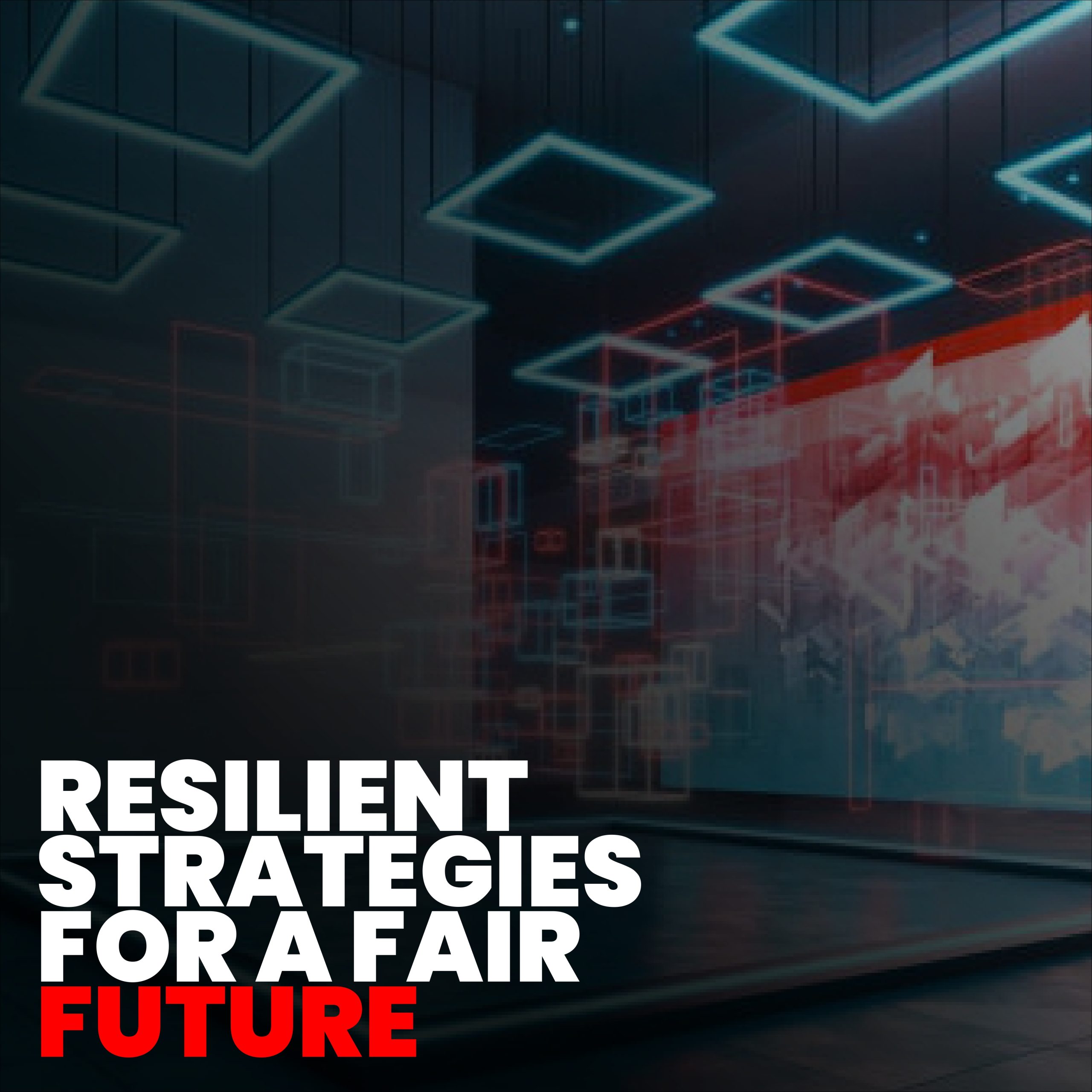
Pandemic Inequality is no longer a theory; it is a pattern that shapes who gets sick first, who recovers last, and who bears the highest costs. A new report launched in Johannesburg argues that deep social and economic divides make countries more exposed to outbreaks, and that crises, in turn, worsen those divides. This cycle keeps health systems under strain and erodes trust. The report calls for a new approach: put equity at the center of preparedness, response, and recovery. Below are practical, evidence-based insights that translate that call into action.
Gaps in income, housing, and access to care act like dry tinder for fast-moving disease. Crowded settlements, informal work, and limited sick leave raise exposure and delay treatment. Supply shocks hit low-income households hardest, forcing trade-offs between income and health. When surveillance misses marginalized areas, outbreaks spread silently. The result is a risk multiplier: the same pathogen causes deeper harm where inequality is high. Tackling structural drivers—safe shelter, basic services, and living wages—shrinks that tinder and slows ignition.
Under-resourced facilities struggle with surge capacity. Shortages of staff, oxygen, and diagnostics create bottlenecks that widen fatality gaps. Preparedness plans often assume uniform capacity across regions, but the weakest links decide outcomes. Building redundancy—stockpiles, referral networks, and mobile clinics—keeps critical services running. Investing in primary health care and community health workers extends reach into underserved districts. When the base is stronger, peak demand is survivable, and disparities narrow.
If data overlooks informal settlements or rural clinics, policies miss where help is needed most. Standard dashboards can hide local spikes when reporting lags or facilities lack connectivity. Community-level reporting, anonymized mobility data, and sentinel sites add visibility. Disaggregating by income, gender, disability, and geography reveals who is left behind. With better granularity, authorities can target testing, vaccines, and social support where they will save the most lives.
Wealth and geography often determine who gets vaccinated first. Distance to sites, transport costs, and time off work become hidden barriers. Trust also matters: communities excluded in the past may hesitate in the present. Bringing services closer—pop-up clinics, workplace drives, evening hours—and partnering with local leaders improves uptake. Contracts that prioritize equitable allocation and transparent pricing prevent hoarding. Fair access protects everyone by shrinking the pool of susceptibility.
Lockdowns without income support push families into crisis. Cash transfers, food assistance, and utility relief can turn blunt restrictions into feasible measures. Targeting must include informal workers and cross-border migrants who fall outside formal registries. Digital payments speed delivery, but analog options remain vital where connectivity is low. Social protection is not a luxury; it is outbreak control by other means, keeping households afloat while health measures take effect.
Frontline jobs—care, retail, transport—carry elevated exposure, yet protections are inconsistent. Clear standards for ventilation, PPE, and paid sick leave reduce transmission without halting the economy. Small businesses need technical support to implement measures affordably. Worker voice through unions or committees helps tailor rules to real conditions. When work is safer, community spread slows, and pressure on hospitals eases.
School closures deepen learning loss and widen digital divides. No-tech and low-tech alternatives—radio lessons, printed packs, community study groups—keep learning alive where broadband is scarce. School meal programs can pivot to household deliveries to protect nutrition. Prioritizing teachers for vaccination and providing protective supplies allows earlier, safer reopening. Protecting education today prevents a long tail of inequality tomorrow.
Stress, grief, and isolation fall hardest on communities already managing poverty and violence. Stigma can keep people from seeking help. Integrating mental-health first aid into primary care, training lay counselors, and offering helplines expands support quickly. Workplaces and schools can normalize help-seeking through peer programs. Caring for minds accelerates physical recovery and rebuilds social cohesion after crisis peaks.
Dependence on distant suppliers leaves countries exposed to export bans and price spikes. Building regional capacity for diagnostics, PPE, oxygen systems, and essential medicines shortens lead times and creates jobs. Pooled procurement and technology transfer reduce unit costs. Quality assurance and regulatory agility maintain standards without slowing scale-up. Local production transforms scarcity into security when global demand surges.
High debt service crowds out health spending and social support when both are most needed. Temporary debt relief, concessional finance, and catastrophe clauses can free fiscal space during emergencies. Transparent budgeting ensures funds reach clinics and communities, not just central balance sheets. Financial resilience is public-health resilience; without it, hard-won gains unravel in the next shock.
What is Pandemic Inequality in simple terms?
Pandemic Inequality is the cycle where social and economic gaps make outbreaks worse, and outbreaks make those gaps even wider.
How can countries reduce Pandemic Inequality fast?
Expand primary care, target support to low-income areas, and ensure fair access to vaccines and diagnostics to break Pandemic Inequality quickly.
Why should business care about Pandemic Inequality?
Because fair protections and social support reduce disruptions, stabilize demand, and speed recovery from Pandemic Inequality impacts.
The lesson is stark: where inequality is deep, pandemics dig deeper. Breaking the cycle means pairing classic preparedness with equity-first policies that reach the last mile. Invest in primary care, fair access, safe work, and social protection—and align finance with public-health goals. That is how Pandemic Inequality gives way to genuine health security for all.